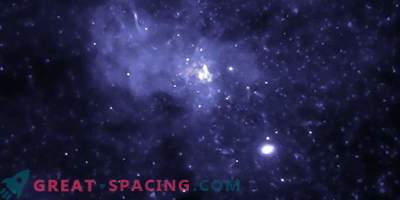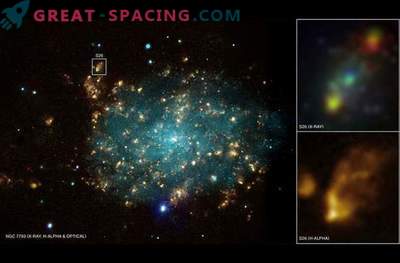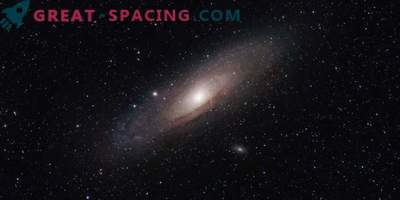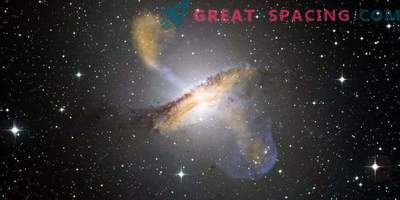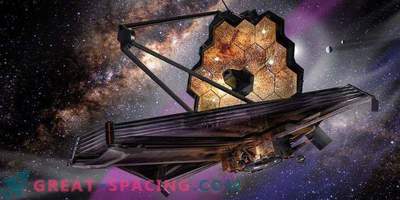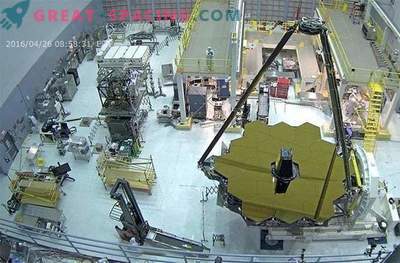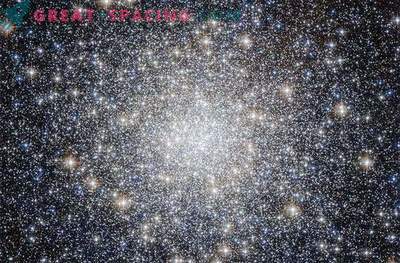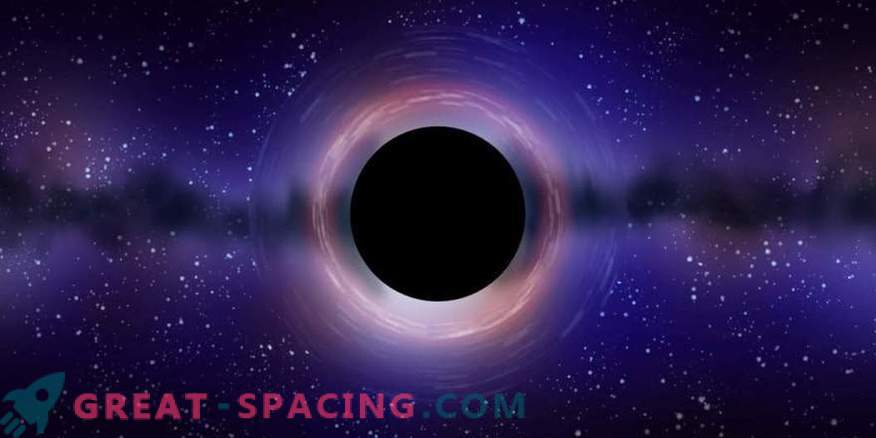
Recently, researchers were lucky. They managed to find a large group of supermassive black holes in the distant past. More precisely, they appeared almost immediately after the Big Bang!
Supermassive black holes
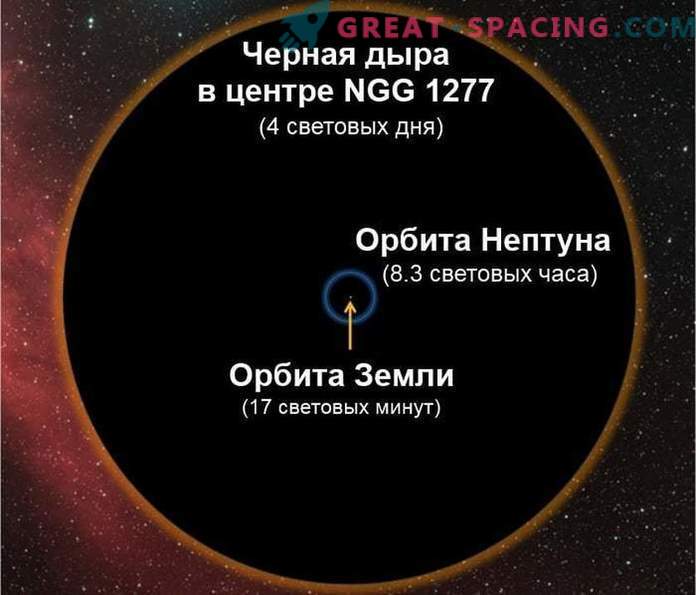
Size of the largest black hole known
These cosmic monsters are believed to reside in the center of each galaxy. We call them "monsters" rather because of the monstrous appetite, because these objects are incredibly voracious. You yourself know that even the light cannot escape from their paws.
A black hole is considered supermassive if its mass exceeds the solar one 10 5 -10 10 times. They are believed to appear as an evolutionary stage of an ordinary black hole, which attracted a large amount of material and increased its own mass. Or is it a case of the collapse of a large gas cloud.
A supermassive black hole is also hidden in the Milky Way, distant from us by 26,000 light-years. But, if to compare with the largest representatives, then ours is much inferior in massiveness. For example, since 2018, the most massive is TON 618, because its figure reaches 66 billion solar masses!
Group at the edge of the universe
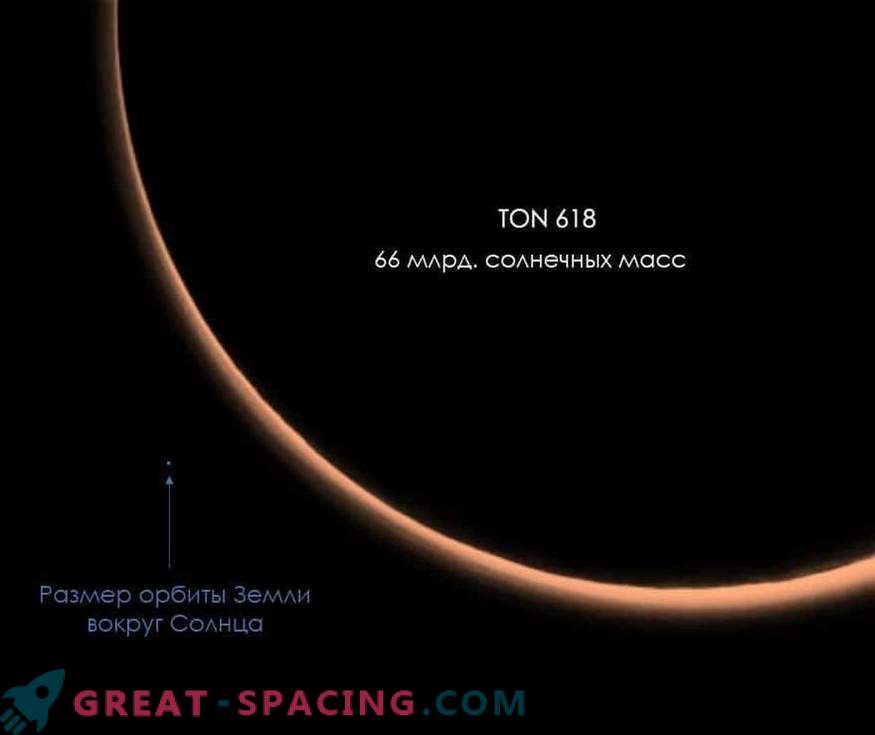
Comparative size of a supermassive black hole TON 618
The new find is considered a great success, because it is extremely difficult to find black holes. They are not visible in normal reviews and manifest themselves only during the period of nutrition. In a particular case, lucky with the fact that the disks around the supermassive black holes formed quasars, which were in the review. At the moment, we managed to count a group of 83 supermassive black holes, although previous observations in this area revealed only 17. For searches, we used the large Hyper Suprime-Cam camera on the Subaru 8.2-meter Japanese optical telescope.
But not only the number of found supermassive black holes is surprising. They all live at a distance of 13 billion light years! That is, they appeared 800 years after the Big Bang event (when the Universe was born). So that you understand, our planet is only 4.5 billion years old.
Researchers are excited about these indicators. The fact is that at that early period the hydrogen was neutral, but it had already passed the process of reionization (split into protons and electrons). Everything indicates that the first stars and supermassive black holes appeared a few hundred million years after the beginning of everything. But researchers can not yet understand where the necessary energy reserve for such events came from.
Postscript
Researchers will continue to check the data and, perhaps, the number of supermassive black holes found will increase or decrease. However, the finding will allow a better understanding of the process of birth and development of these objects. In addition, this is another step towards finding out what happened in the early stages of the evolution of the Universe.




